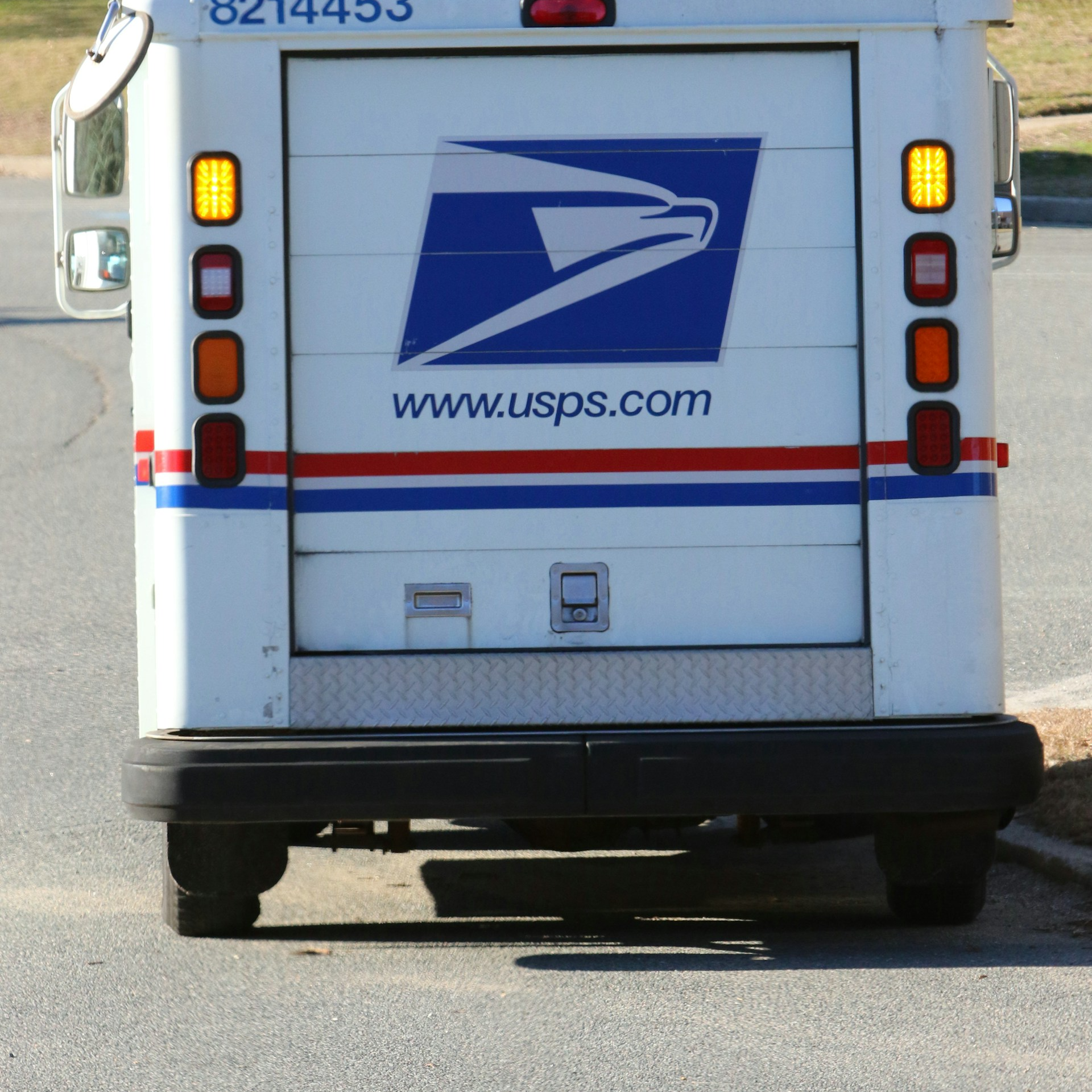Key Takeaways
-
PSHB premiums for 2025 vary based on your enrollment type, whether Self, Self Plus One, or Family, and your chosen plan tier.
-
Understanding how premiums, government contributions, and out-of-pocket costs interact can help you make an informed choice during enrollment periods or qualifying life events.
The Postal Service Health Benefits Landscape in 2025
The Postal Service Health Benefits (PSHB) program, launched in 2025, is now the primary health insurance option for USPS employees, retirees, and their eligible family members. Transitioning from the Federal Employees Health Benefits (FEHB) system, PSHB offers tailored options designed to meet the unique needs of the postal community. The shift provides new opportunities and challenges, especially when understanding premium costs and coverage details. But what does this mean for your wallet? Let’s break it down and explore the options available to you.
Premium Tiers: What’s Available for Self, Self Plus One, and Family Plans
PSHB premiums are structured into three main categories:
1. Self Coverage
-
Who It Covers: Just you, the enrollee.
-
Cost Factors: Premiums for Self coverage are typically the lowest among the three tiers. They depend on whether you select a standard plan, high-deductible option, or a premium-tier plan. Self coverage is ideal for single USPS employees or retirees looking to minimize upfront costs.
2. Self Plus One
-
Who It Covers: You and one eligible family member, such as a spouse or child.
-
Cost Factors: These premiums are slightly higher than Self plans, as they’re tailored for two individuals. For many couples or single parents with one dependent, this tier balances affordability and comprehensive coverage.
3. Family Coverage
-
Who It Covers: You and multiple eligible family members.
-
Cost Factors: Family plans come with the highest premiums, reflecting the expanded coverage and higher overall risk pool. These plans are optimal for larger households or those anticipating significant medical expenses within the year.
How Premiums Are Shared: Your Contribution vs. Government Contribution
One significant benefit of PSHB is the government’s contribution toward premiums. Here’s how it works:
-
Government Share: The federal government typically covers about 70% of the total premium cost. This makes PSHB an affordable option compared to private insurance. For USPS employees and annuitants, this substantial subsidy ensures that health coverage remains accessible and competitive.
-
Your Share: You’ll pay the remaining 30% through payroll deductions or annuity payments if you’re retired. The exact amount varies based on your chosen plan and coverage level. Planning for this expense ensures you avoid surprises during enrollment or billing cycles.
In-Network vs. Out-of-Network Costs: Choosing the Right Plan
When selecting a PSHB plan, it’s essential to consider how in-network and out-of-network services affect your total expenses:
In-Network Services
-
Lower premiums and out-of-pocket costs.
-
Providers agree to negotiated rates, saving you money.
-
Greater access to preventive care services, often covered at no additional cost to you.
Out-of-Network Services
-
Higher premiums and out-of-pocket costs.
-
Limited provider access and higher cost-sharing responsibilities.
-
May require you to meet a separate, higher deductible before coverage kicks in, making it a less cost-effective option unless necessary.
Deductibles, Coinsurance, and Copayments: The Real Cost of Care
Premiums are just one piece of the puzzle. You’ll also need to account for deductibles, coinsurance, and copayments:
-
Deductibles: The amount you pay out-of-pocket before your plan begins covering services. For 2025, deductibles range from $350 to $2,000, depending on your plan. Choosing a lower-deductible plan can minimize upfront costs but may result in higher premiums.
-
Coinsurance: A percentage of costs you’ll pay for covered services after meeting your deductible. Typically, in-network coinsurance rates are lower, giving you more predictable healthcare expenses.
-
Copayments: Fixed amounts for specific services, like $20 for primary care visits or $100 for emergency room visits. These straightforward charges make budgeting for routine visits simpler.
Factors Affecting Premium Costs in 2025
Several factors influence the premiums you’ll pay under PSHB:
Plan Type
-
High-Deductible Plans: Lower premiums but higher out-of-pocket costs. These are suitable for those who rarely use healthcare services and prefer to save on monthly premiums.
-
Standard Plans: Balanced premiums and cost-sharing. Ideal for those seeking moderate coverage at a predictable cost.
-
Premium-Tier Plans: Higher premiums with more comprehensive coverage. Great for individuals or families anticipating significant medical needs.
Family Size
The more dependents you cover, the higher your premiums. Self Plus One plans are a cost-effective option for those with just one dependent, while Family plans cater to larger households needing extensive coverage.
Medicare Integration
If you’re Medicare-eligible and enroll in Part B, many PSHB plans offer lower premiums, waived deductibles, and reduced copayments. This integration can significantly reduce your overall healthcare expenses and enhance access to services.
Enrollment Periods and Qualifying Life Events
Understanding when and how to enroll can save you money and ensure continuous coverage:
-
Open Season: Occurs annually from October 15 to December 7. This is your opportunity to review and change your PSHB plan for the upcoming year. Use this time to compare plan tiers and ensure your selection meets your needs.
-
Qualifying Life Events (QLEs): Events like marriage, divorce, or the birth of a child allow you to adjust your plan outside Open Season. Timely updates are critical to maintaining uninterrupted coverage for you and your dependents.
Tips for Choosing the Best Plan for Your Needs
Selecting the right PSHB plan requires a clear understanding of your healthcare needs and budget. Here are some tips to guide you:
1. Assess Your Healthcare Needs
-
Do you frequently visit specialists or require regular prescriptions?
-
Are you managing a chronic condition? Understanding these factors can help pinpoint the most cost-effective plan for you.
2. Calculate Total Costs
-
Consider premiums, deductibles, and potential out-of-pocket expenses. This comprehensive view ensures you’re prepared for expected and unexpected medical needs.
3. Check Provider Networks
-
Ensure your preferred doctors and facilities are in-network. This avoids higher out-of-pocket expenses and ensures continuity of care.
4. Factor in Medicare Integration
-
If you’re eligible for Medicare, choose a plan that offers complementary benefits. Doing so can reduce costs and expand service options, making it a practical choice for retirees.
What to Expect in 2025: Key Changes and Updates
1. Simplified Premium Structures
PSHB plans now provide more transparency in pricing, making it easier to compare options. This empowers you to make well-informed decisions tailored to your needs.
2. Enhanced Benefits for Medicare Enrollees
Many plans offer waived deductibles and lower cost-sharing for Medicare Part B enrollees. If you’re nearing Medicare eligibility, exploring these benefits can lead to substantial savings.
3. Expanded Telehealth Services
Virtual care options are now more widely available across most PSHB plans, providing convenient access to medical professionals for routine and specialized care.
4. Focus on Preventive Care
Preventive services, including wellness exams and screenings, are often covered at 100% when performed in-network. Taking advantage of these services can reduce long-term healthcare costs.
Making the Most of Your PSHB Coverage
1. Use Preventive Services
Take advantage of free or low-cost preventive care to maintain your health and avoid costly treatments later. Regular check-ups and screenings are critical to early intervention.
2. Stay In-Network
Whenever possible, use in-network providers to minimize out-of-pocket expenses. This simple step can result in significant savings over the course of the year.
3. Review Plan Documents
Understand what’s covered and familiarize yourself with your plan’s rules to avoid surprises. Knowledge of your benefits empowers you to make better decisions about your care.
4. Track Your Expenses
Keep an eye on your healthcare spending to ensure you’re maximizing your benefits. Using expense-tracking tools provided by your PSHB plan can simplify this process.
The Bottom Line: Picking the Right Plan
Choosing the best PSHB plan for 2025 doesn’t have to be overwhelming. By evaluating your healthcare needs, considering your budget, and understanding the available options, you can select a plan that balances cost and coverage effectively. Remember, the right plan can make all the difference in managing your healthcare expenses and ensuring peace of mind.














